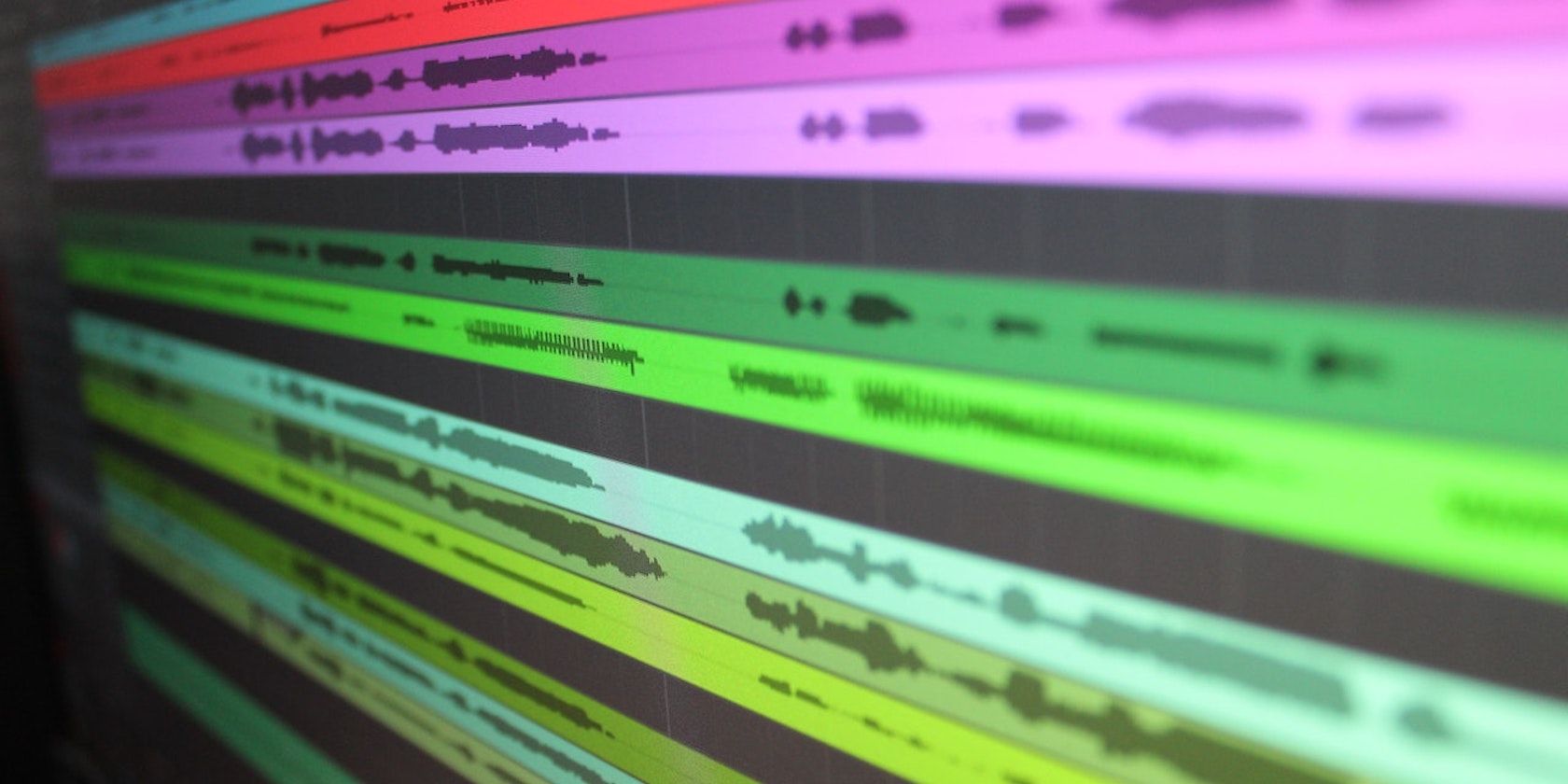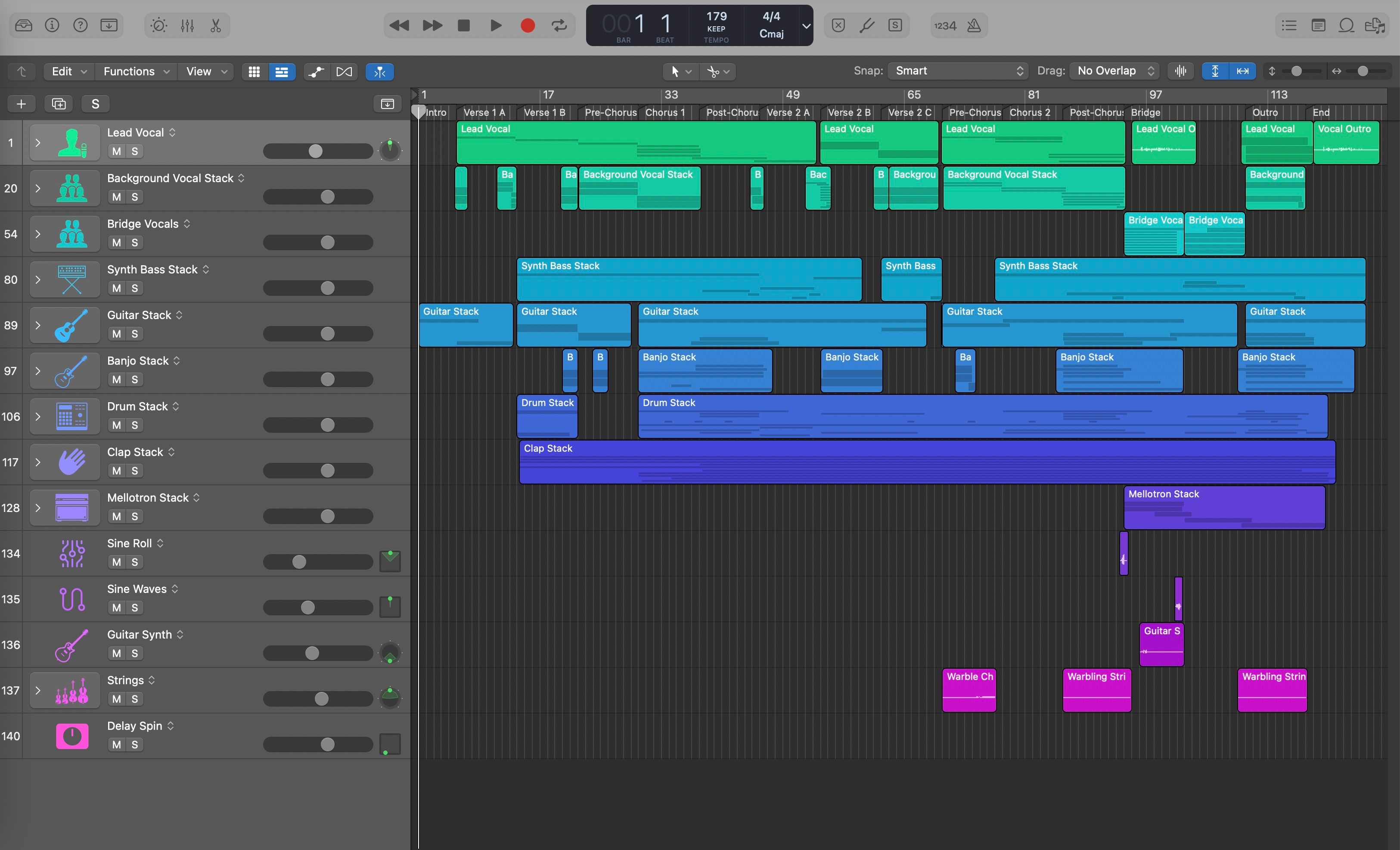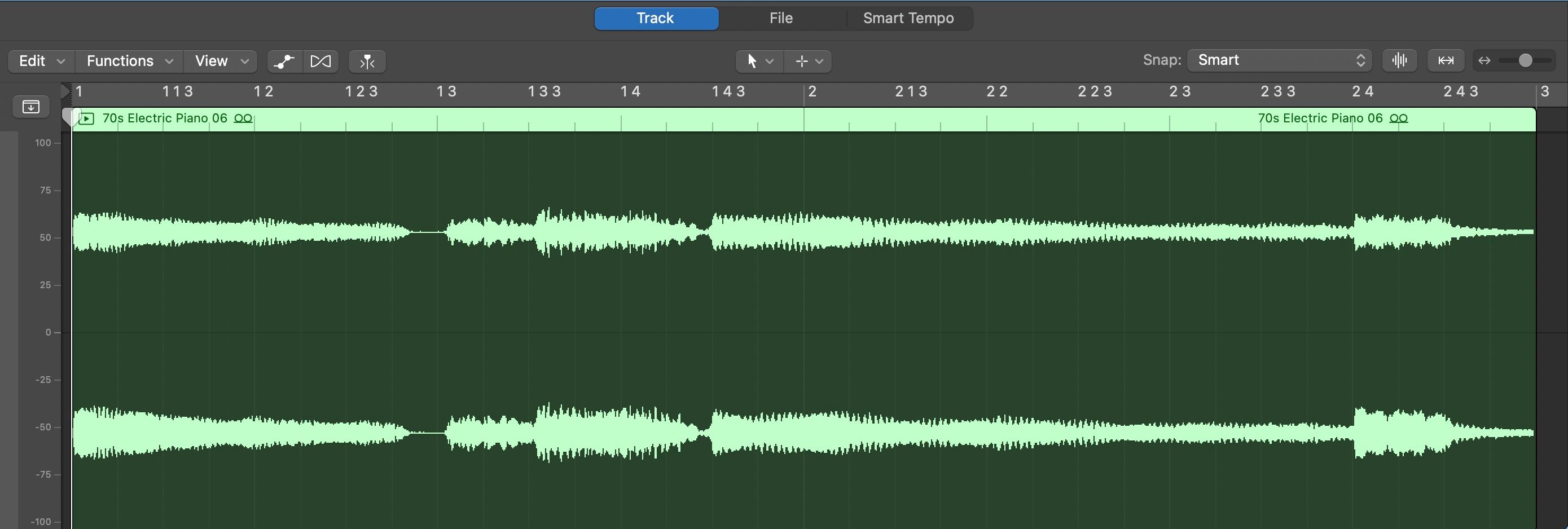A DAW (digital audio workstation) is a term you will come across often in the world of audio production. It refers to a piece of software used to edit, record, manipulate, and create audio. You will need one if you want to record music or edit a podcast, among many other creative projects.
In this article, you will get to know the ins and outs of DAW software, from what you can create to what a workflow inside a DAW looks like. If you decide that a DAW is what you need for your project, there are plenty of trial versions available, or you can check out a free or online-based DAW.
What Is a DAW?
A DAW, as it's commonly referred to, stands for digital audio workstation. It's a piece of software that can record and edit audio, among many other things. Think of any song, sound effect, or voiceover that you have heard in modern media, and chances are it passed through a DAW.
There was a time when only production studios had the money and gear required to record and edit audio. But over the years, new technology has made it easier to package these powerful programs and run them on home computers and laptops.
There are many different DAWs on the market, developed by different companies, many of which were first launched decades ago. Now, we live in an era of bedroom producers where DAWs are accessible by a lot of different people looking to get into audio production, whether for fun or to build a career.
This is a list of some of the most-used commercial DAWs currently on the market:
- Ableton Live
- Adobe Audition
- Audacity
- Cubase
- FL Studio
- GarageBand
- Logic Pro
- Pro Tools
- REAPER
The minimum hardware requirements to use a DAW is simply a computer with the right specs to run the software. Beyond that, you might consider getting a good microphone and an audio interface if you want to record sound onto your DAW. A set of speakers and a MIDI controller are also common choices for improving your setup.
What's wonderful about DAWs, however, is that you don't need any of that stuff to start making music or editing your podcast. That's what makes them so popular to learn.
What Can You Do With a DAW?
Broadly speaking, you can record, edit, manipulate, and create sounds in a DAW, and you can efficiently move between any of these jobs as you need. A DAW is a one-stop shop for all of your audio-related needs.
As we mentioned earlier, DAWs are capable of many things. So, if you're wondering what you can create with a DAW, take a quick look at this list:
- Create samples/beats
- Compose music (improvise, sketch, experiment)
- Perform live
- Remix songs
- Record podcasts and audiobooks
- Record voiceovers
- Design SFX for games
- Create SFX, Foley, ADR, and scores for film
Out of the many DAWs that we listed earlier, which one should you choose for your project? Just about all DAWs can do the above tasks, but it's also true that each DAW is aimed at a slightly different group of people.
Take Ableton Live, for example. As the name might suggest, it's a really powerful software for live performance. It lets you take the music you write—beats, samples, backing tracks—straight onto the stage, so you can perform it live.
On the other hand, you might use Audacity (free) to start podcasting on a budget or Logic Pro to design SFX for film or video games, using one of Logic's many amazing stock synthesizers. Find out what other people are using to create their projects and see if that DAW also works for you.
The Workflow Inside a DAW
Working in a DAW begins with a sound file. You can import audio, record a sound with a microphone, or create sound from scratch using virtual instruments, beats, and samples. The creative possibilities are varied, offering plenty of options right from the start.
You can build your session over time by adding more sounds and arranging them on separate "tracks". Tracks are stacked vertically, so you can layer sounds if you want to hear them at the same time.
Along the way, you can cut, copy, trim, and split audio clips; editing them to remove unwanted sounds or to create interesting effects. The editing process lets you prepare your project to be heard on platforms like YouTube or Spotify, or for film, television, or radio.
On each track, you can add audio effects like reverb and EQ, giving you the option to shape the sound precisely as you would like, right down to the exact frequency.
In fact, a DAW lets you view each audio file as a waveform, so you can see the amplitude of the sound waves. So, alongside using your ear to edit the audio, you can use graphic information too.
Getting Started With a DAW
DAW software is a lot of fun to learn, and each person you meet will have a different opinion on which you should use.
One of the largest differences between competing software is the way the interface is designed. Many programs offer a free trial, and we recommend checking out a few before committing to one. Finding a DAW that feels intuitive to use and pleasing to navigate is half the battle, and is especially important for beginners.
To give you a concrete overview of some of the most popular DAWs around, check out the best recording software for musicians. Among the paid options, free DAWs like Audacity and GarageBand are used to produce professional-quality audio too.
Additionally, you might have heard about different online DAWs. Generally speaking, they are nowhere near as powerful as a DAW, nor do they operate as smoothly. However, they do offer a quick place to see what it's like to record and edit sounds.
The All-in-One Software for Crafting Audio
Digital audio workstations offer you everything you need to record and edit audio, all wrapped up in one convenient piece of software. But over time they have evolved to become much more than that. Nowadays, they are a powerful creative tool for composing new music, crafting sound effects, and performing live.
Music isn't the only purpose of DAWs either. If you want to make a podcast, design sound for video games, or record audiobooks or voiceovers, a DAW is what you need. Get started today by downloading a trial version, or dig straight into a free DAW.




